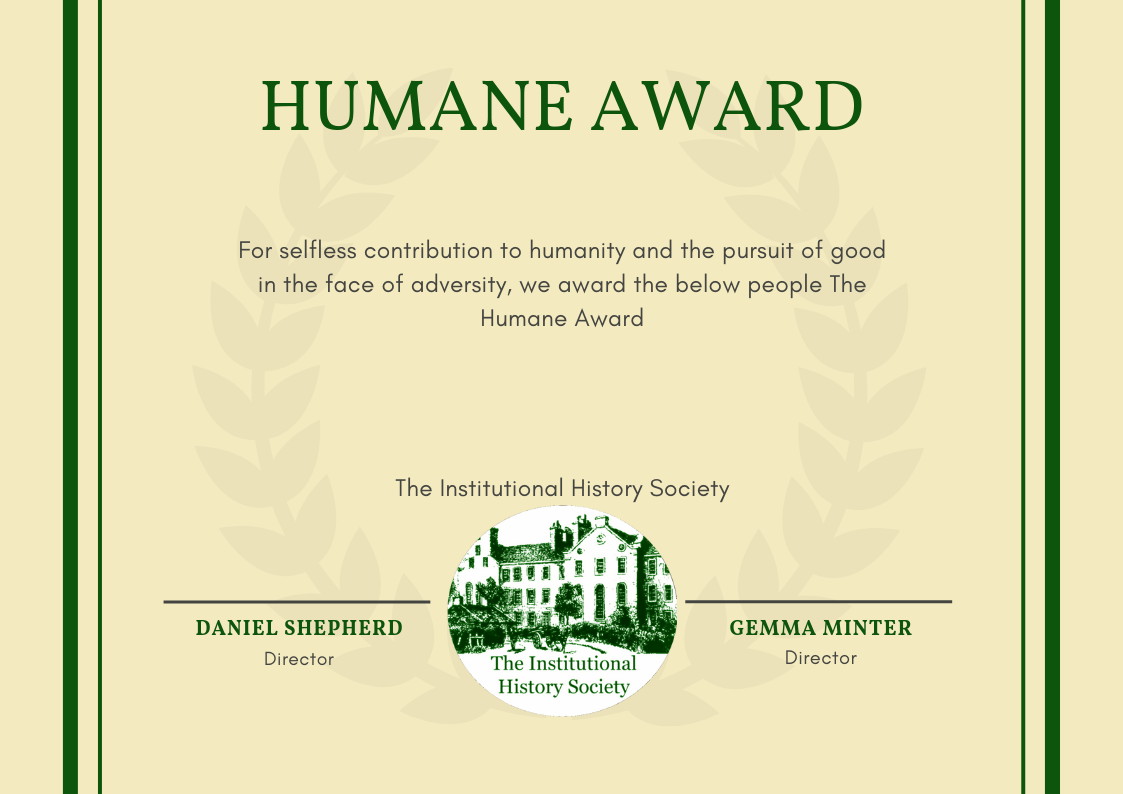

It will explore it's roots in history of Law and Policing to modern times! Let's start with a look at the History and Proceedings of the Old Bailey. It will invite Law Student Debate and look at Law Reform for Victims of Crime. When mother and daughter are unhappy with their creations, they turn self-destructive - much the same way the plot turns on itself.Īfter a particularly tragic event involving one of her children, Annie screams, "What a waste! It might have brought us together, but it hasn’t!" A disconcerting statement from a mother, but not from an artist who has grown accustomed to treating life as a steady stream of creative Moral Integrity of the Law! This Section will take a critical look at the Law.from the Layman's point of view. We later watch as Charlie cuts off its head and attaches it to one of her toys, as though she had always known its fate. A second later, a bird hits the window and dies. In another, Charlie sits in class, tortured by the knowledge of something that has not happened yet.


We immediately know that what happens in the home is recreated in the model - but that what she makes in the model is perhaps also destined for the home. In the very first scene of the movie, the camera pans Annie’s studio, zooms into a mini model of her home, then enters a bedroom of the home through it. When Annie and Charlie create, they enter an artistic trance, one that seems to shield them - but not their family - from the creative process and its often uncanny products. Yet perhaps there is a third way to meet with the film, one that neither only sings praises for its technique, nor is petulant in its expectation of coherence.Īt the heart of Hereditary are three women, all of whom are makers of things: Annie, a miniaturist artist Charlie, her 13-year-old daughter who builds toys out of strange scrap material and Ellen, her deceased mother whom we are told once sewed beautiful mats. When the mystery is ultimately solved for you - its loose ends as frayed as ever - it falls like warm rain after a warm summer. There are too many sinister words scribbled on the walls, a bucketful of déjà vu moments, so many hints that there may as well have been none. Instead, Hereditary throws handfuls of clues at you, none of which are individually arresting, but are collectively rather dull.
Raising the hue and cry history movie#
There usually comes a point in a horror movie when you are offered a slice of history that explains why a series of seemingly inexplicable events are suddenly unfolding, years later. One of the loudest criticisms of the film has been its blatant lack of regard for its own plot. When they do occur, it is more frightening than any demon you will encounter. You realise too late that you have been bequeathed the role of order-keeper, and eagle-eyed, you watch for the smallest of deviations. Every bed in the film is perfectly framed by a window rows of chairs appear exactly aligned, as though by an invisible ruler, faces meet the screen head-on. Writer-Director Ari Aster is obsessed with right angles.

In its technique, the film is reminiscent of The Shining. If you walked out of The Conjuring silently deciding to say your prayers more often, you will walk out of Hereditary unsure of what you ought to do - and of what has been done. Sure, it is thrilling, but Hereditary leaves you quietly disturbed, not obviously so. In others, it is the heir with the nose that nobody seems to recognise. It features a child that is unnervingly un-childlike, a house in the middle of nowhere, and a lot of mommy issues. In some ways, Hereditary is a lot like its ancestors. One argues that the film must be appreciated for its outstanding cinematography - and it certainly must be - while the other asks, "But what did we just watch?" While critics jump and cheer and nurse their shoe bites, everyone else remains firmly rooted to their seats, arms crossed, demanding an explanation.


 0 kommentar(er)
0 kommentar(er)
